Planting under oak trees in California
There are many plants that grow naturally under oaks in California. Some genera are common in most of California and are commonly associated with oaks. Plants that are not normally associated with oaks cause many problems for the oaks and the oaks and their allies will expend resources attempting to exclude them. Research has shown that this occurs, but the specific causes are harder to identify. We've seen many times, over many years, diseased trees with a near leafless canopy come back to health by controlling the weeds, lawn or petunias.
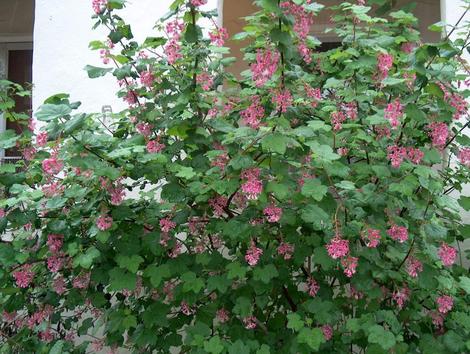
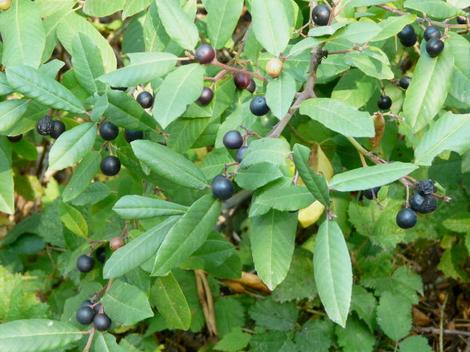
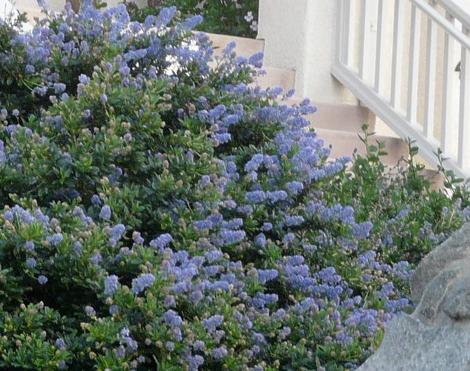
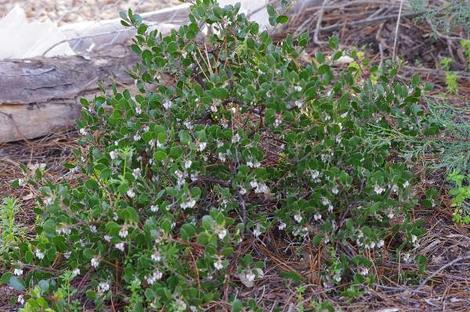
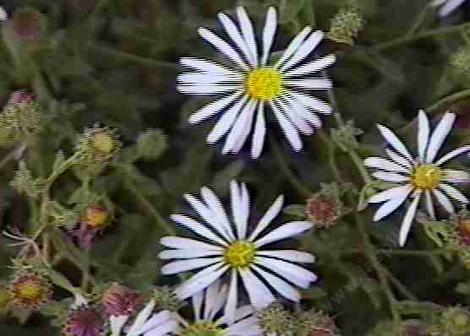
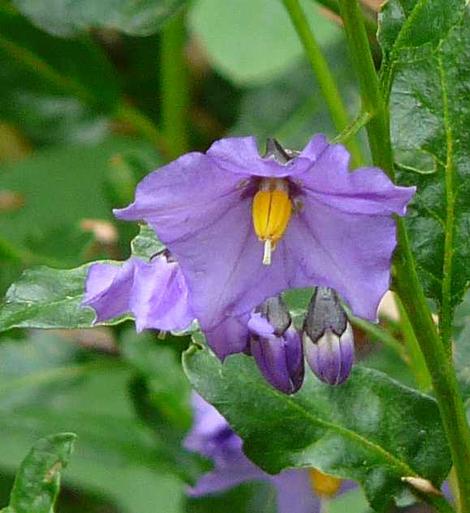
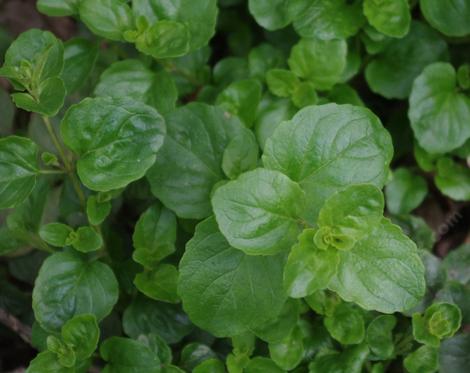
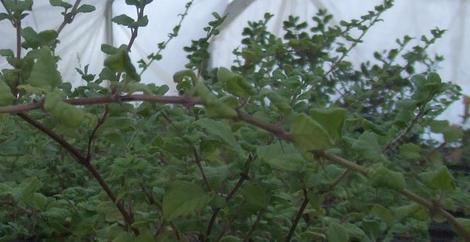
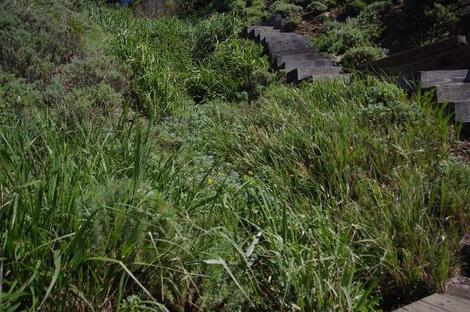
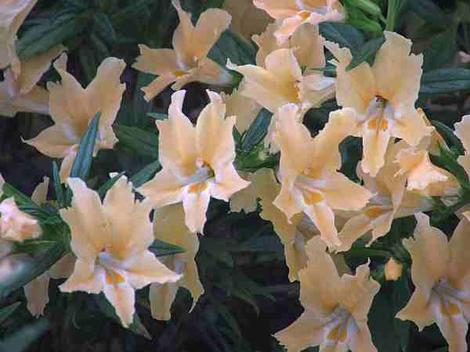
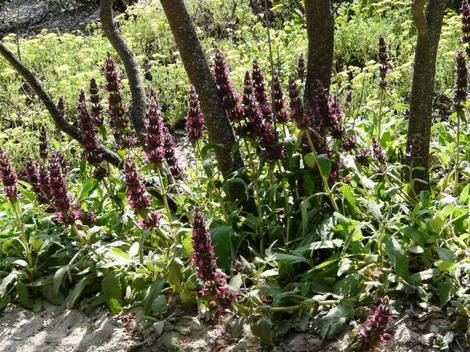
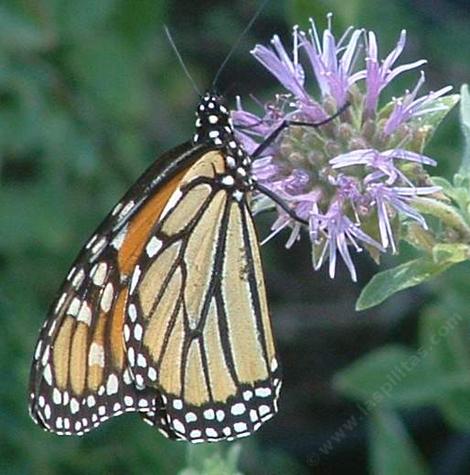
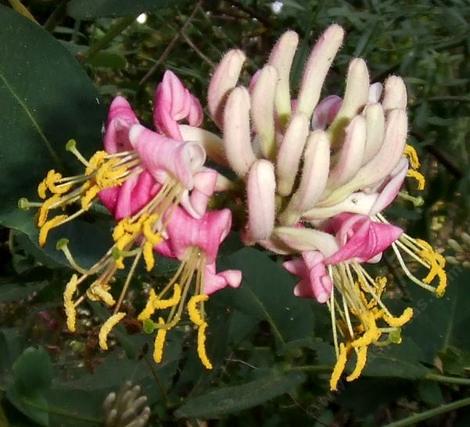
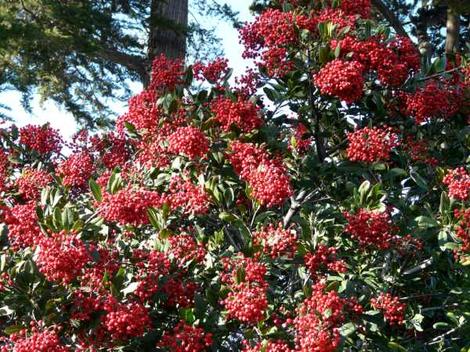
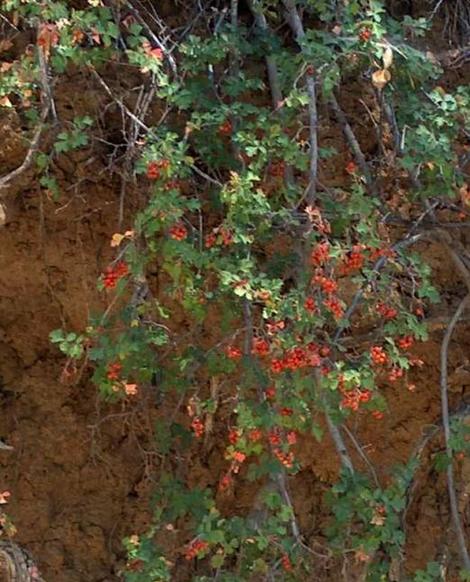
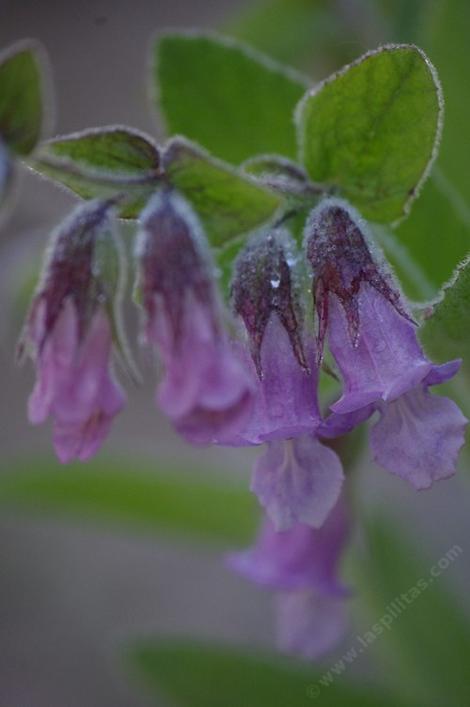
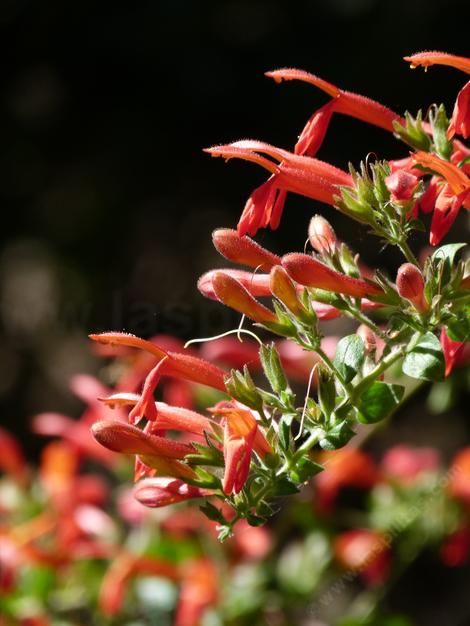
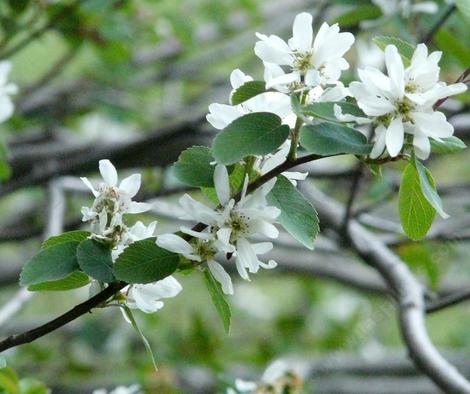
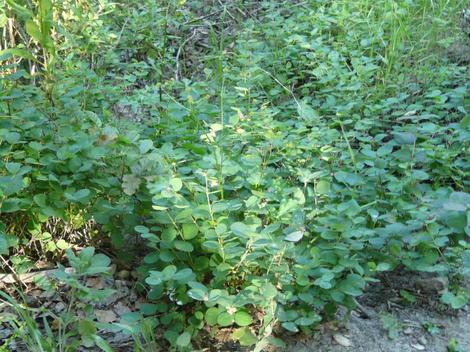
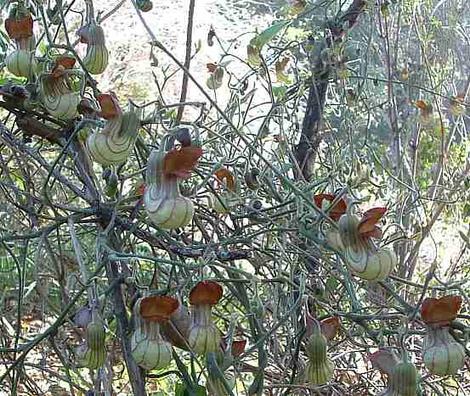
|
Good things to do. |
Bad Things you can do. | |
|
Plant associated plants. |
Plant junk that has never grown near an oak tree and needs a ton of water and fertilizer. Why would you expect a plant that grows in full sun along a river in Brazil to grow under your oak? A lawn also comes to mind. If you did use a ton of water, gradually remove the input over a couple of years. |
|
|
Leave the oak leaves. |
Remove the leaves from under the oaks. Bare ground and green weeds are better than that nasty layer of leaves. THE OAK NEEDS THE LEAVES! |
|
|
Think like a tree. Long term, no sudden changes, no tilling, disking, poop, or water Lean and mean. Hang a hammock and put yourself in it. . |
Plant short term stuff and kill the tree slowly. Pansies and petunias are a cruel joke under an oak. |
|
|
Prune out the dead stuff and trim the branches up off of the ground. |
Prune the trees hard or in some weird manner like pollarding. Forcing new growth draws from the trees resources and often triggers a cascading failure in the system of the oak tree. |
|
|
You can wash the foliage off occasionally on dry, dusty years. |
Put a lawn under the tree and you'll have a sick lawn and a sick tree. |
|


